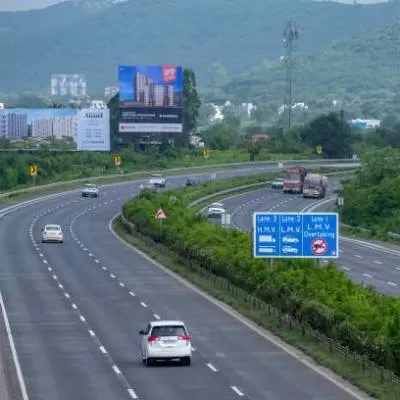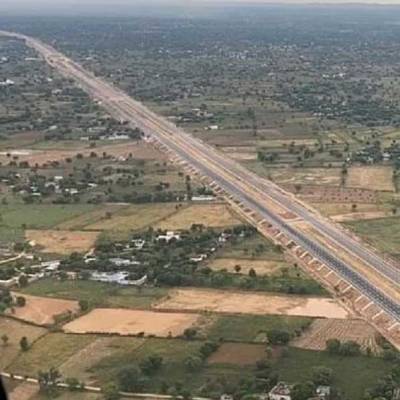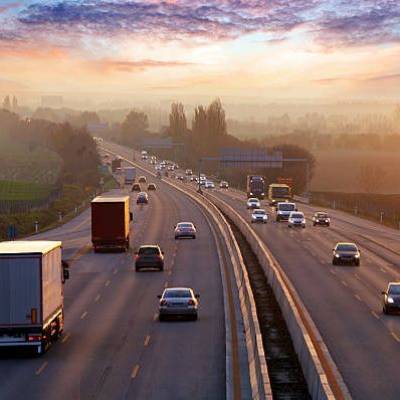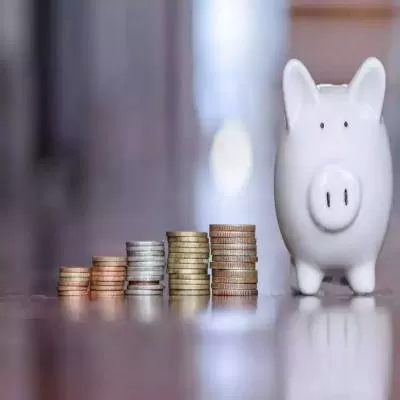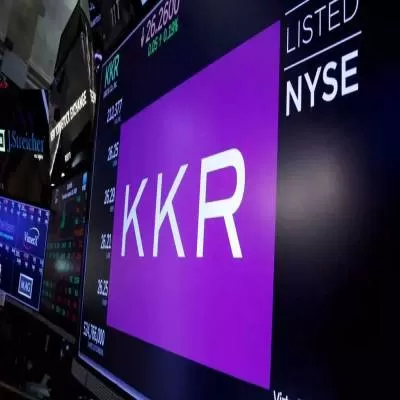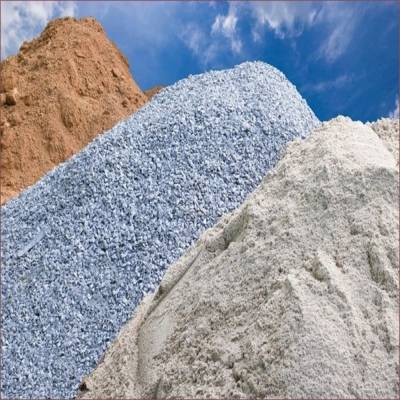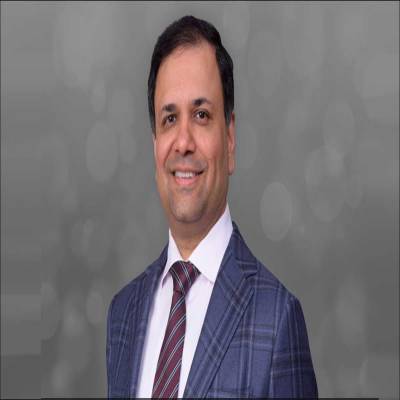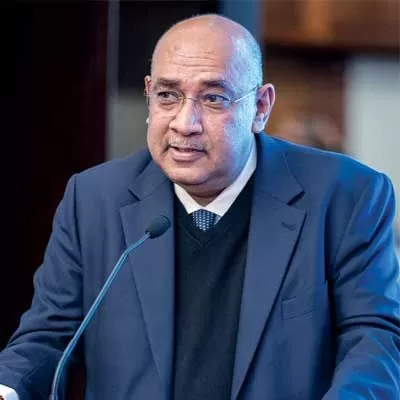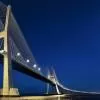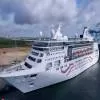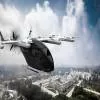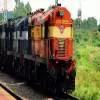- Home
- Infrastructure Urban
- ECONOMY & POLICY
- Mission Raftaar: Golden quadrilateral routes undergo speed enhancements
Mission Raftaar: Golden quadrilateral routes undergo speed enhancements
In his written response in Parliament, Vaishnaw emphasised that the two major routes within the Golden Quadrilateral are being targeted for improved speed capabilities. To achieve the medium- and long-term objectives of Mission Raftaar, the minister outlined various measures, including the development of bypasses, rail flyovers, construction of third/fourth lines, right powering of trains, replacement of conventional loco-hauled trains with MEMUs, timetabling adjustments, and the modification of the traction system.
In response to questions from BJP MPs Keshari Devi Patel and Jaskaur Meena regarding Mission Raftaar's salient features, Vaishnaw highlighted that the continuous effort to increase train speeds depends on track upgrades, signalling system improvements, overhead equipment enhancements, high-powered locomotives, modern coaches, and other factors.
Vaishnaw also informed that the Indian Railways has successfully commissioned 1,337 kilometres of the Eastern Dedicated Freight Corridor and 1,149 kilometres of the Western Dedicated Freight Corridor, enabling higher speeds for freight trains.
Regarding funds under Mission Raftaar, Vaishnaw clarified that it is a "mission" and not a "scheme/project(s)," making it challenging to quantify state-wise allocation/utilisation of funds or identify specific trains benefiting from the mission.
Railway Minister Ashwini Vaishnaw announced that the New Delhi-Mumbai and New Delhi-Howrah routes of the Golden Quadrilateral are undergoing enhancements to maximise their speed potential as part of Mission Raftaar. The mission, introduced in the Railway Budget of 2016-17, aims to increase the average speed of freight and superfast mail/express trains. In his written response in Parliament, Vaishnaw emphasised that the two major routes within the Golden Quadrilateral are being targeted for improved speed capabilities. To achieve the medium- and long-term objectives of Mission Raftaar, the minister outlined various measures, including the development of bypasses, rail flyovers, construction of third/fourth lines, right powering of trains, replacement of conventional loco-hauled trains with MEMUs, timetabling adjustments, and the modification of the traction system. In response to questions from BJP MPs Keshari Devi Patel and Jaskaur Meena regarding Mission Raftaar's salient features, Vaishnaw highlighted that the continuous effort to increase train speeds depends on track upgrades, signalling system improvements, overhead equipment enhancements, high-powered locomotives, modern coaches, and other factors. Vaishnaw also informed that the Indian Railways has successfully commissioned 1,337 kilometres of the Eastern Dedicated Freight Corridor and 1,149 kilometres of the Western Dedicated Freight Corridor, enabling higher speeds for freight trains. Regarding funds under Mission Raftaar, Vaishnaw clarified that it is a mission and not a scheme/project(s), making it challenging to quantify state-wise allocation/utilisation of funds or identify specific trains benefiting from the mission.


